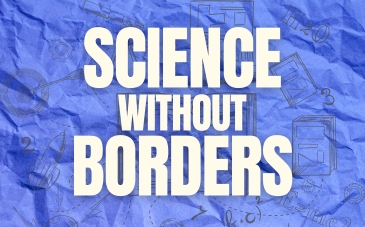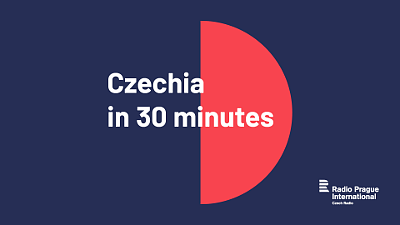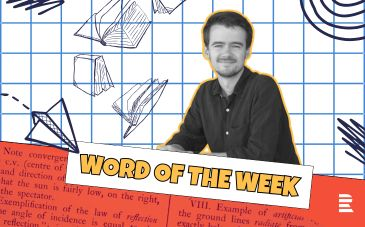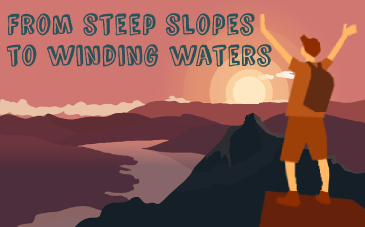Mission Zero-G: inspiring the next generation of Czech astronauts
What does it feel like to float in zero gravity? Thanks to a unique Czech project, 26 students got to find out—on board a specially modified Airbus A310 that performed a series of parabolic maneuvers over Central Europe.
The flight, led by astronaut-in-training Aleš Svoboda and joined by scientists, educators, and public figures, was designed not only to simulate the conditions of space but also to inspire the next generation of scientists and engineers. According to Jan Spratek—one of the organizers, a science communicator at the Prague Planetarium, and a collaborator with the European Space Agency’s Education Office—this mission is about more than just the thrill of floating in zero gravity.
“The highest goal we have in the Czech Space Mission project is to send Czech astronauts to the International Space Station,” says Spratek. “Everything we do around that—like Zero-G and other activities—is meant to inspire and motivate, especially students and young people.”
While many in the Czech Republic may not be fully aware of the country’s capabilities in the space industry, Spratek believes it’s time to change that.
“Our components are on board the ISS. We build rockets here. We manufacture satellites that are fully operational in orbit,” he explains. “Not everyone realizes that we are that good.”
The selection process for the students was intense, with nearly 900 applicants competing for just 26 spots. The finalists had to prove not only their academic abilities but also teamwork, resilience, and communication skills through a demanding “survival camp” and various psychological and physical assessments.
During the flight, professional instructors guided the participants through the challenges of weightlessness—helping them safely float, navigate, and land inside the aircraft’s four-section cabin. Spratek describes the instructors as “true professionals” who knew exactly how to manage every moment of the experience. But the most lasting impact, according to Spratek, may be what happens after the flight.
“The students are already talking about how they’ll use this experience and these new contacts to promote what the Czech Republic is capable of,” he says. “We’ve shown them that big dreams can come true here—and we hope this inspires them to focus more on STEM subjects like math, physics, and engineering.”
Though plans for future parabolic flights are still under discussion, the organizers hope to repeat the mission in the coming years. Meanwhile, Spratek urges students and teachers alike to explore the many opportunities already available in the Czech Republic—from ESA educational programs to local observatories, rocket-building societies, and robotics clubs.
Related
-
Selected teenagers to get involved in astronaut Svoboda’s space mission training
Twenty teenage "space ambassadors" will help to promote fighter pilot Ales Svoboda’s journey into space as an astronaut of the European Space Agency.









